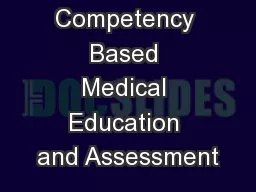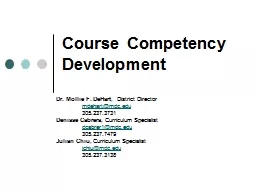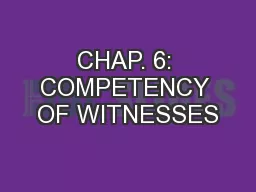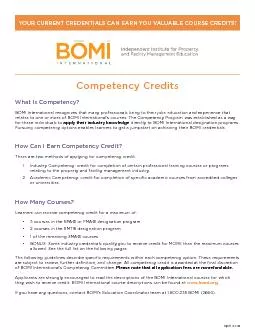PPT-Loss of everyday competency:
Author : tawny-fly | Published Date : 2018-12-19
aging mild cognitive impairment and dementia When I was younger I could remember anything whether it happened or not but my faculties are decaying now and soon
Presentation Embed Code
Download Presentation
Download Presentation The PPT/PDF document "Loss of everyday competency:" is the property of its rightful owner. Permission is granted to download and print the materials on this website for personal, non-commercial use only, and to display it on your personal computer provided you do not modify the materials and that you retain all copyright notices contained in the materials. By downloading content from our website, you accept the terms of this agreement.
Loss of everyday competency:: Transcript
Download Rules Of Document
"Loss of everyday competency:"The content belongs to its owner. You may download and print it for personal use, without modification, and keep all copyright notices. By downloading, you agree to these terms.
Related Documents














